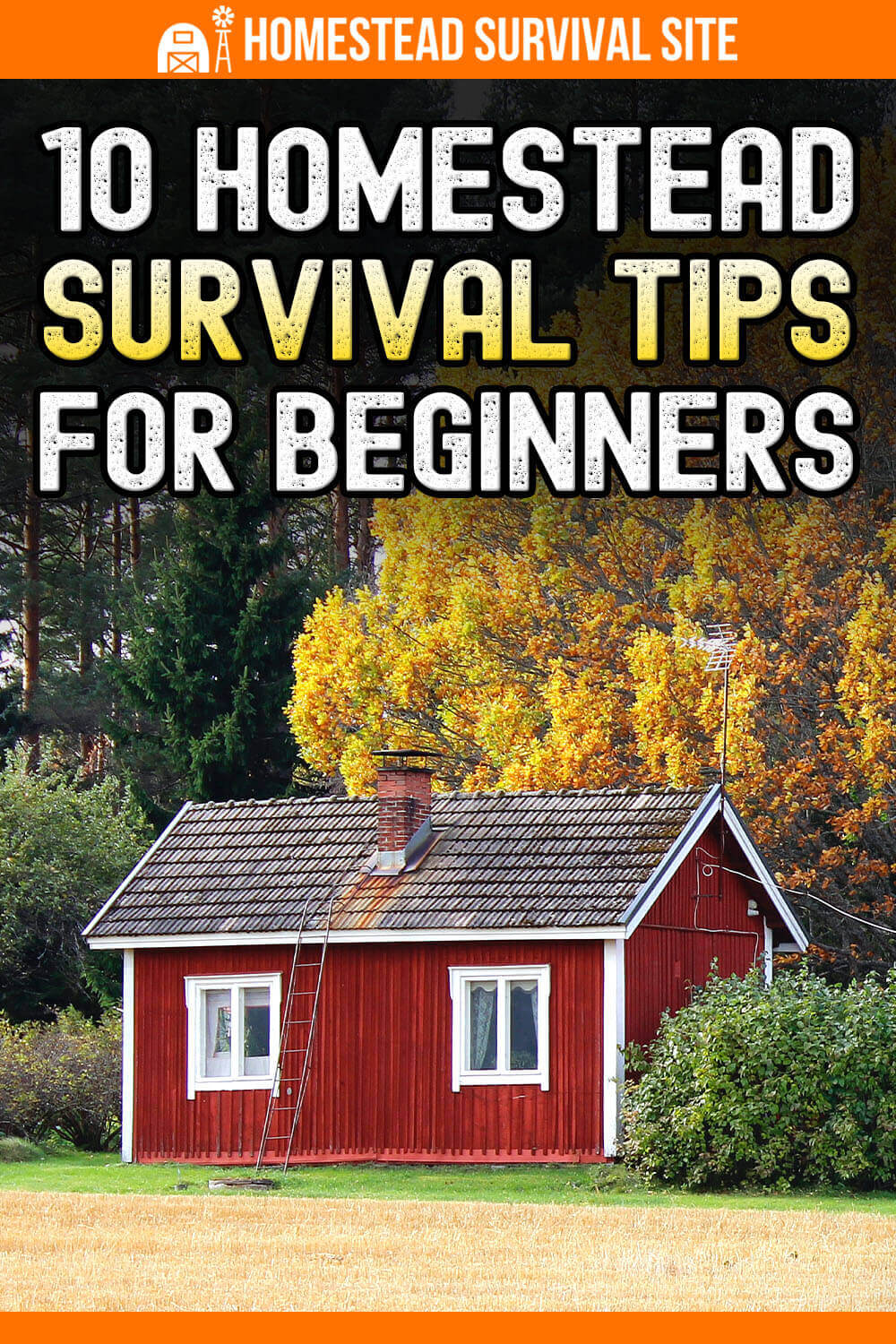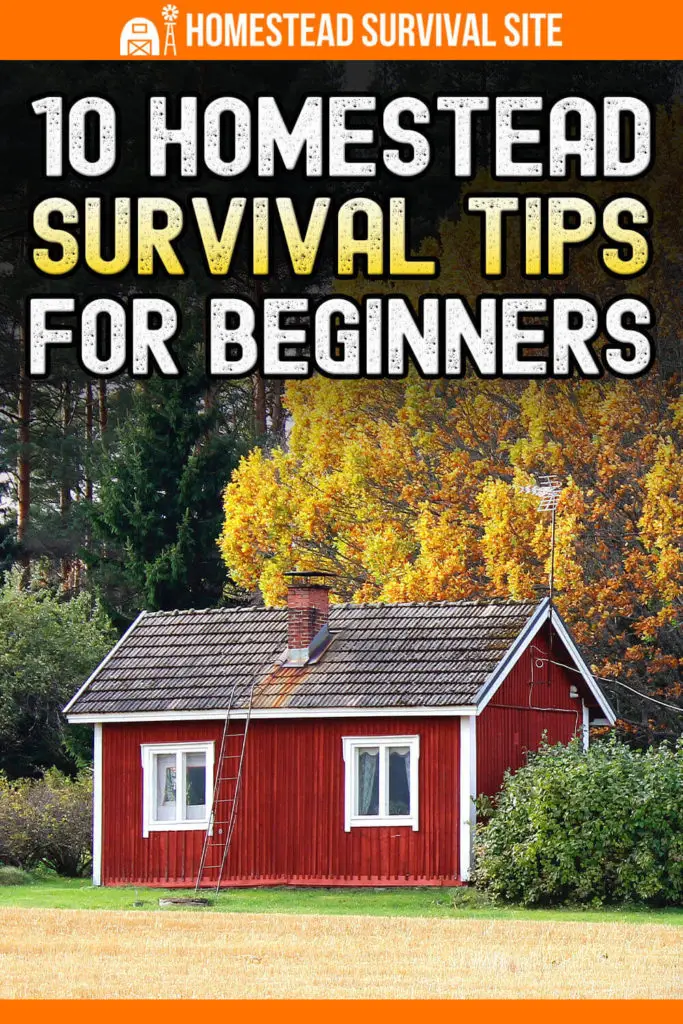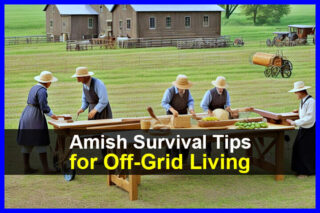Estimated reading time: 9 minutes
Turning your dream of living on a homestead into a reality is very exciting. Creating a sustainable homesteading survival retreat truly is the best way to prep. But planning and skill honing is just as important when creating a homestead as it is when developing a survival plan.
The one sure way to turn your dream homestead into a failure is by starting too big, too quickly. Allowing your excitement to get started can prompt you to bite off more than you chew…and more than your newbie homesteading skills can handle.
To make sure your new homestead dream doesn't turn into a nightmare, be sure to follow these homestead survival tips.
Want to save this post for later? Click Here to Pin It on Pinterest!
Top Homestead Survival Tips For Beginners
1. Homestead Layout
Look at your land as a whole and review the natural resources and terrain closely. If you cannot get an aerial tour or photo of your land, use Google Earth to garner a comprehensive look at the entire property before deciding where anything should go.
Homesteads come in all shapes and sizes. Every homestead can contain food growing and livestock raising areas, as long as you set them up correctly, maintain realistic expectations, and possess the skills necessary to work the property.
Essential Homestead Components:
- House.
- Livestock area – barn, pens, hutches, coops.
- Livestock grazing areas and hay fields – keeping large livestock.
- Gardening areas – both for growing groceries and natural medications.
- Workshop and storage shed space.
- Water source.
- Fuel Source.
Linking your livestock area to your water source would be ideal. In preparation for an SHTF event, locating the home close to a natural water source is highly recommended.
2. Decide What You Are Capable Of
This is one of the most important steps for newbie homesteaders, second only to buying a piece of property. Take a personal homesteading skills inventory and then rank what you know how to do on a scale of one to five. Never invest money into a project that you are not capable of completing (properly) with the skills you currently possess.
Sample Inventory Topics:
- Gardening
- Raising Livestock
- Hunting
- Fishing
- Butchering
- Making your own medicine
- First Aid
- Mechanical repairs
- Standard home repairs
- Hatching poultry birds
- Livestock first aid
- Carpentry
- Food Preservation
- Power Tools
- Plumbing
- Alternative Energy
- Operating heavy machinery – tractors, backhoes, skid steers, etc.
- Water Filtration
- Composting
- Chopping and splitting firewood
Any typical homesteading skill where you ranked yourself at less than five should become a priority to learn. While mastery of all these basic homesteading skills is not mandatory when you first start working and improving your land, they must be learned over time if you want the property to reach its full potential.
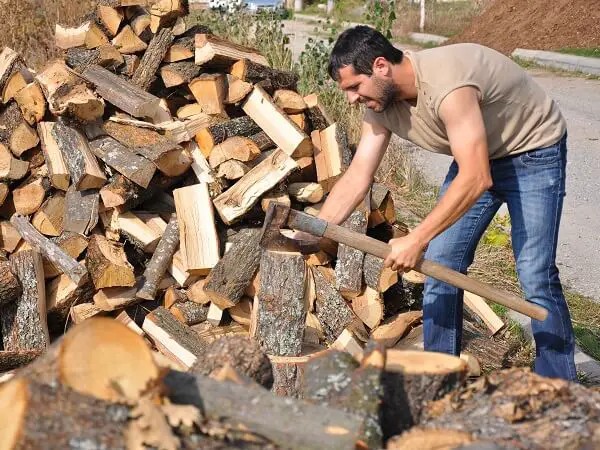
3. Set Priorities
Create a list of detailed priorities for the first year and a set of goals for the next four years. This will help prevent you from taking on too much at once and allow time to adapt plans before funds have been spent on materials or space has been misused.
Focus on the four basics of homesteading on a small scale and expand your efforts in following years as your skill level increases. There is a world of difference between a homestead and a hobby farm.
- Raise only small or medium livestock like chickens, rabbits, and goats. This combination of animals will provide you with meat, eggs, and milk and won't require a large investment to either purchase or maintain.
- Keep your ground plot gardening efforts on the small side the first few years if you have not worked such growing spaces before. Tilling and weeding take up a whole lot of time…time that you might not have if you work a regular job off the homestead.
- Garden smarter, not harder. Consider growing in raised beds, containers, and vertical cultivation to cut down on weeding and eliminate tilling altogether.
- Plant dwarf and/or standard fruit trees during your first year to start making an orchard that will provide food in future years.
Developing a natural energy plan for the homestead should be one of your main goals, but possessing the skills and funds to do so might not be feasible for the first few years. Start small and build upon your efforts.
Consider spending the time you have available chopping, splitting, and stockpiling wood to ensure you can heat your home during either a short or long-term disaster. Set up a rainwater collection system to supplement the water available to the homestead via a drilled well or municipal lines.
4. Growing Your Own Groceries
In addition to growing purely popular and tasty vegetables in your garden, like tomatoes and cucumbers, you should also cultivate crops that are easy to grow and produce a substantially high nutrient and calorie content. These “prepper crops” should be preserved via dehydration or canning and put up as part of your long-term food storage supply.
Focus your time, money, and space on a crop that can fuel you and your family after the lights go out and the grocery store shelves are bare. The increase in manual labor caused by working the homestead both now and during a long-term disaster means your body will require more calories to function and additional nutrients to remain healthy.
Men generally need to consume between 2,000 and 2,500 calories daily. Women typically require 1,500 to 1,800 calories per day. You should plan to ingest far more calories daily when working the land and during an SHTF event.
If you live on a small acreage homestead or a suburban lot, make the best use of the available space by growing vertically and in containers.
High Calorie And Nutrient Rich Crops:
- Pinto Beans
- Soybeans
- Sorghum
- Green Beans
- Sugar Beets
- Winter Wheat
- Peas
- Carrots
- Potatoes
- Oats
- Summer Squash
- Corn
- Barley
- Zucchini
- Rice – Can be grown along creek beds, in the shallow edges of a pond, and a baby pool can even be turned into a rice growing paddy.

5. Get To Know Your Dirt
A bountiful garden begins with quality dirt. Learn not only how to test your soil for content but also how to develop a compost pile. Generating your own gardening soil will not only save you money and prevent useful items from winding up in a landfill, but also ensure you know exactly what is going into the growing of your food.
6. Learn As Much As You Can About Your Climate
Knowing when to plant is just as important as knowing what to plant. Starting seeds too early or too late will cripple your yield. Consider growing dwarf trees and non-native plants inside your home with a grow light or in a greenhouse.
A host of healing plants and trees, as well as those simply high in essential vitamins, might not be able to live outdoors in your climate year round, but they could summer outside and spend the cool winter months indoors. Plants like coffee and tobacco could become part of a small scale indoor/outdoor garden and be used for barter during a long-term disaster.
7. Keep Your Expenses Low And Learn How To Make Do With What You Have
Homesteaders are a frugal lot and make good use of scrap materials they accumulate over the years or garner or a cheap price second hand. When clothing becomes torn or is outgrown, it is not simply cast aside. It is mended or turned into fabric for other projects.
Old furniture can be harvested for usable wood and hardware which can be used later to fix or build something else. Homesteaders run out to their sheds and barns to look for materials first instead of jumping in the car and heading to the local big box store.
The really industrious homesteaders will find ways to make money from homesteading.
8. Learn To Be Flexible And Improvise
Things will not always go as planned or even remotely on your time schedule – not by a long shot. Livestock will rarely ever give birth, get sick, or become injured on a nice sunny weekday when you can call a vet for help.
Nope, that goat struggling with a pregnancy will go into labor late on a Saturday holiday weekend evening…in the middle of a storm. Your planned weekend getaway will happen during a drought when the garden must be watered every day.
Plan for the unexpected as much as possible and do not try to cling to a rigid schedule – doing so will only cause unnecessary and unproductive frustration.
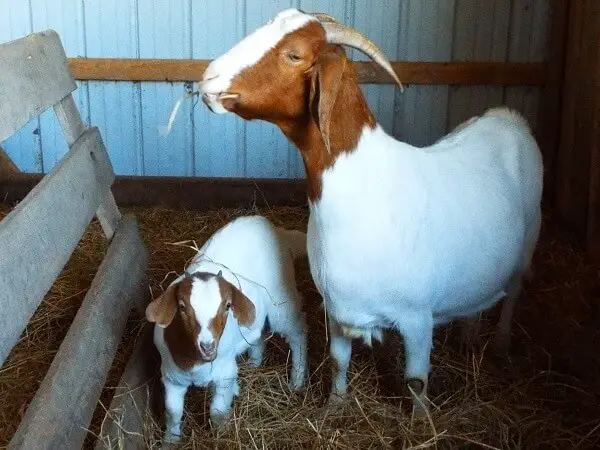
9. Live Within Your Means
This might seem like a simple piece of advice, but I cannot state it emphatically enough. What can go wrong will go wrong (usually more than once) on a homestead. Keeping a rainy day fund as fat as possible so you can fix both a tractor and your car in the same month is vital.
Buying more goats or adding onto the barn is only a great idea if nothing else on the homestead will suffer if a sudden problem arises. If you spend every last dime on one big projects or multiple small projects and a storm, drought, or pest infestation kills your garden, how will you buy enough groceries to get through the next month…or the winter?
Find ways to save money and build up your nest egg. Here are some frugal living tips for homesteaders.
10. Ask Others For Help
Homesteaders love to share their skills with others and lend a hand (or tools) whenever possible. Sharing and caring, as cliche as that may sound, is all part of the homesteading tradition. We consider the hands-on and intellectual help we give newbie homesteaders a part of the paying-it-forward process. We were all beginners once, and there is no shame in reaching out and asking a seasoned homesteader to teach you how to do something.
If you are willing to put in the work and improve your skills, the possibilities are limitless. But, if you're only able to spend an hour a day working the land, this homesteading gig is probably not for you. If getting sweaty and dirty every day and wearing out multiple pairs of work gloves every couple of months sounds good to you – welcome to the homesteading club. We are happy to have you!
Like this post? Don't forget to Pin It on Pinterest!

